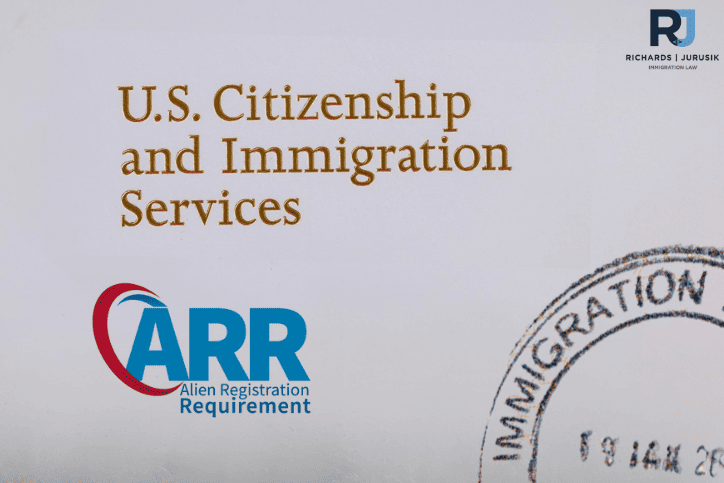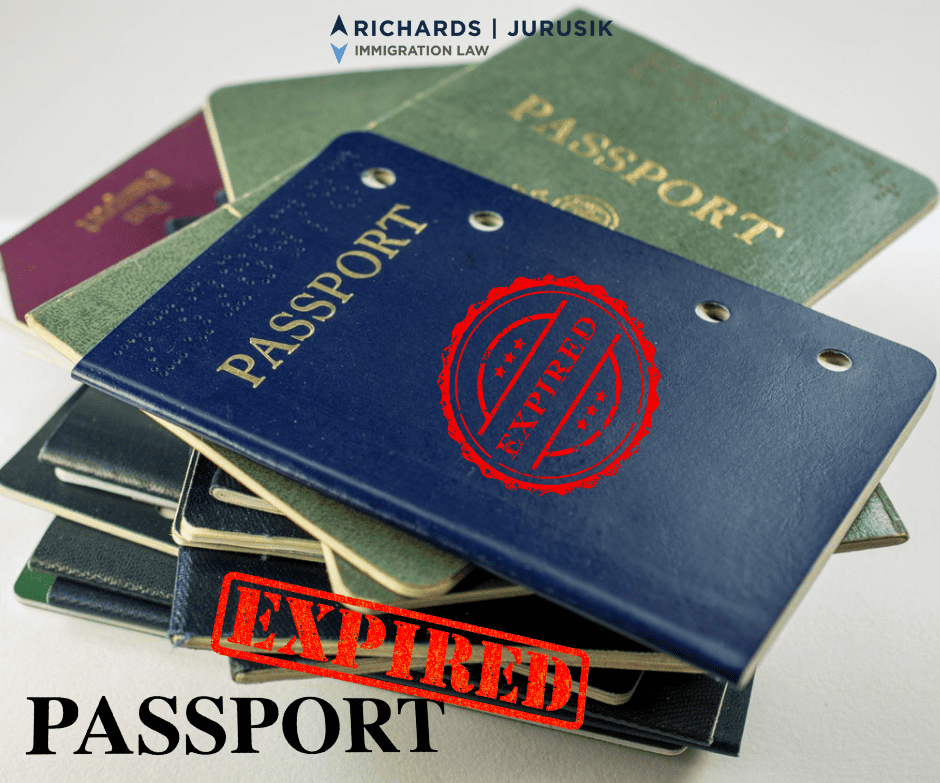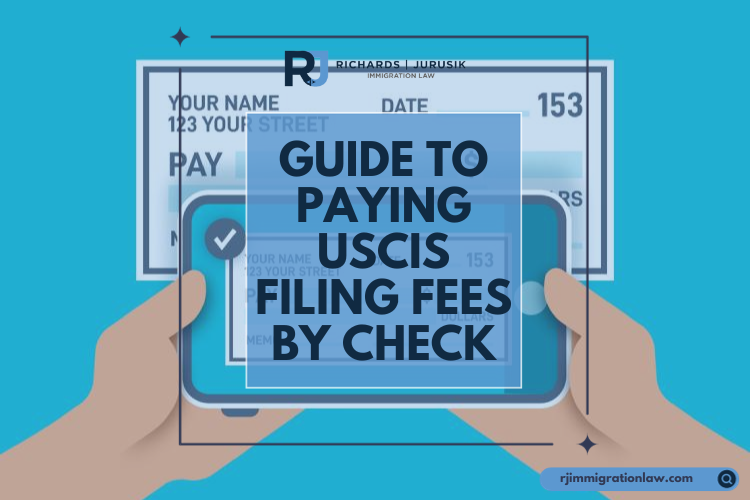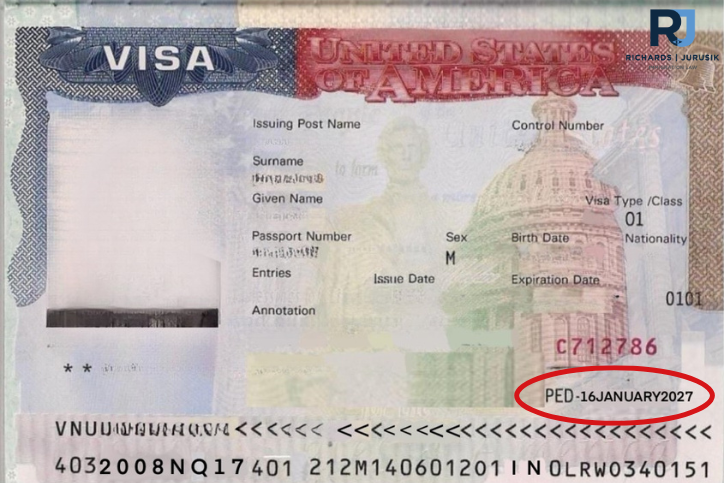Under the 2025 executive order, non-U.S. citizens who stay in the United States for 30 consecutive days must register with the Department of Homeland Security (DHS) and U.S. Citizenship and Immigration Services (USCIS). This rule is based on Section 262 of the Immigration and Nationality Act (INA) (8 U.S.C. 1302) and applies to most foreign nationals who were not already registered when they applied for a visa. Failure to register within 30 days can lead to civil and criminal penalties, including fines, delays in immigration applications, and even removal proceedings in serious cases.
How Is the 30-Day Period Calculated?
The 30-day deadline is based on consecutive days of presence in the U.S. It is not an accumulated total over time. This means:
- Day 1 starts the day after arrival or moving to a new address.
- All days count, including weekends and holidays.
- You must register by the end of Day 30 at midnight.
For example:
- If you arrive or move on April 1, your registration deadline is April 30.
- If the 30th day falls on a weekend or holiday, USCIS may process it on the next business day, but it is best to register early.
- If you leave the U.S. before reaching 30 consecutive days, the rule does not apply. However, a new 30-day period begins if you re-enter and stay for 30 continuous days.
How the 30-Day Rule Differs from the 180-Day Visitor Rule
Many people confuse the 30-day alien registration rule with the 180-day visitor rule, but they are very different.
| Rule | How Days Are Counted | Who It Applies To | Requirement |
|---|---|---|---|
| 30-Day Alien Registration Rule | 30 consecutive days in the U.S. | Non-citizens staying in the U.S. long-term (not already registered) | Must register with DHS/USCIS within 30 days |
| 180-Day Visitor Rule | Total days accumulated in a 12-month period | B-1/B-2 visa holders or travelers under the Visa Waiver Program | 180 total days in a year |
The 180-day rule applies to visitors who enter and exit multiple times throughout the year, while the 30-day rule applies to a single, uninterrupted stay in the U.S.
For example:
- A visitor on a B-2 tourist visa who stays for 60 days, leaves for two months, and returns for another 120 days would hit the 180-day limit but would not trigger the 30-day rule.
- A foreign national who arrives and stays for 31 straight days must register under the 30-day rule, even if they never return to the U.S. that year.
Who Must Register Under the 30-Day Rule?
You must register if you:
- Are 14 or older and were not registered when applying for a visa and have stayed in the U.S. for 30 consecutive days or more.
- Are a parent or legal guardian of a child under 14 who remains in the U.S. for 30 consecutive days or more.
- Turn 14 years old in the U.S. and were previously registered as a child. You must re-register within 30 days of your 14th birthday.
Who Is Already Registered?
You do not need to register if you have already received one of the following:
- A Green Card (Lawful Permanent Resident status)
- An immigrant or nonimmigrant visa issued before arrival
- A Form I-94 or I-94W (entry document)
- An Employment Authorization Document (EAD)
- A Border Crossing Card
- Any pending or approved application for lawful permanent residence (Form I-485, I-687, I-691, I-698, I-700)
- A Notice to Appear in removal proceedings
If you hold any of these documents, you have already met the registration requirement and do not need to take further action.
Who Is Not Registered?
You may not be registered if you:
- Entered the U.S. without inspection or parole
- Are a Canadian visitor who entered at a land border without receiving registration documents
- Applied for Deferred Action for Childhood Arrivals (DACA) or Temporary Protected Status (TPS) but were not issued proof of registration
How to Register Under the 30-Day Rule
DHS is rolling out a new registration process for those who must comply. Here is what you need to do:
- Create a USCIS Online Account – Visit USCIS.gov and set up an account.
- Submit the New Registration Form – Complete Form G-325R. You will be required to complete and submit this form through your online account.
- Receive Registration Evidence – Once registered, DHS will issue proof of registration, which non-citizens over 18 must carry at all times.
What Happens If You Miss the 30-Day Deadline?
Failure to register within 30 consecutive days may result in:
- Fines or misdemeanor charges
- Delays in future immigration applications
- Possible removal proceedings in serious cases
If you missed the deadline, register as soon as possible and consider consulting an immigration attorney for guidance.
Final Compliance Tips
- Do not confuse the 30-day rule with the 180-day visitor rule. The 30-day rule applies to continuous stays, while the 180-day rule is about total days in a year.
- Track your stay and register before the deadline to avoid penalties.
- Create a USCIS online account.
- Stay updated on DHS announcements to ensure compliance.
If you are unsure about your status, consult an immigration attorney for personalized advice.
Schedule a Consultation with an Immigration Lawyer
We Can Help!
If you have any questions regarding a U.S. Immigration matter, we invite you to contact our team at Richards and Jurusik for detailed guidance and assistance. We aim to provide the most accurate and up-to-date information to make your immigration process smoother and less stressful. The immigration lawyers at Richards and Jurusik have decades of experience helping people work and live in the United States. Please read some of our hundreds of 5-star client reviews! Contact us today to assess your legal situation.







